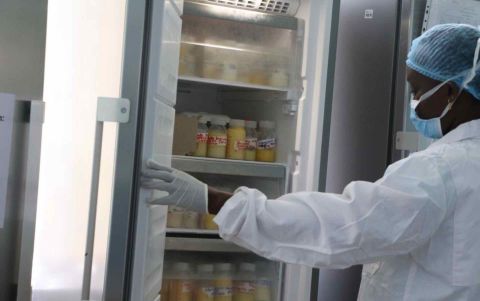
The double burden of malnutrition—the combination of undernutrition (stunting, wasting, and micronutrient deficiencies) with overweight, obesity, and associated non-communicable diseases (NCDs)—poses an increasingly urgent set of challenges around the world, now compounded by the COVID-19 pandemic. A Dec. 1 IFPRI virtual policy seminar explored these problems and emerging solutions.
“Optimal nutrition is critical to both population health and sustainable development,” said Francesco Branca, director of the World Health Organization Department of Nutrition for Health and Development. Now the double burden, panelists said, is undermining that goal, exacerbating global food insecurity, and endangering lives.
The double burden has shifted from being primarily a problem among middle-income countries and “is now highest in low-income countries,” said Barry Popkin, W. R. Kenan Jr. Distinguished Professor of Nutrition at the University of North Carolina. A major underlying cause of these shifts, he said, is economic growth: Rates of childhood wasting and stunting have dropped around the world, and most people have greater purchasing power now than in the 1990s. At the same time, urbanization and the expansion of modern retailing have made ultra-processed and less nutritious foods widely accessible and much cheaper, driving up rates of obesity and overnutrition. As a result, 38% of the 126 low- and middle-income countries face high or severe levels of the double burden of malnutrition.



